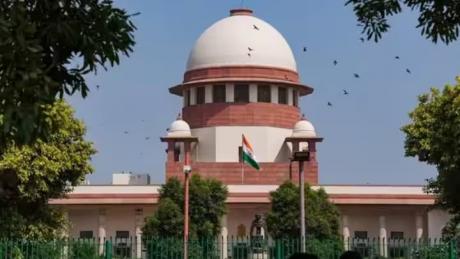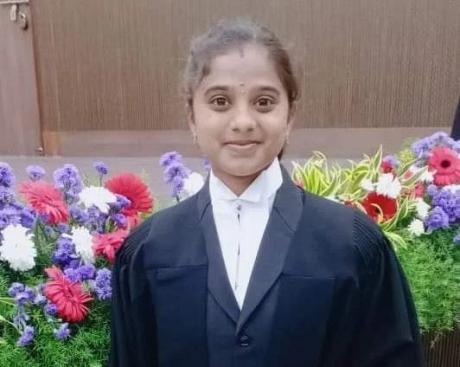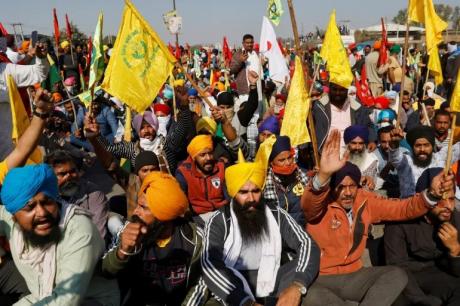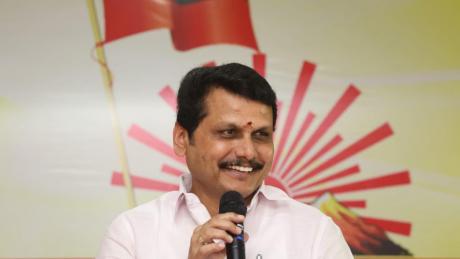India is all set to welcome its new Chief Justice later this month as Supreme Court Justice Uday Umesh Lalit will be taking charge as India's 49th Chief Justice on August 27, a day after the incumbent NV Ramana demits his office. The order of the appointment was signed by the President on Wednesday - August 10 and Lalit will be joining the club of Justices who enjoys a rare history.
On Wednesday, days after current Chief Justice Ramana recommended Lalit's name as his successor, President Droupadi Murmu signed the warrant of appointing Lalit as the next Chief Justice. The Union Law Ministry has issued a notification in which it said, "In exercise of the powers conferred by clause (2) of Article 124 of the Constitution of India, the President is pleased to appoint Shri Justice Uday Umesh Lalit, judge of the Supreme Court, to be the Chief Justice of India with effect from 27 August 2022."
64-year-old Lalit has a rich judicial experience and he was a reputed lawyer before getting appointed to the Supreme Court as a judge on August 13, 2014. Prior to his elevation as a judge of the apex court, Lalit also practised as a senior counsel at the Supreme Court and Lalit is the 6th senior advocate ever to be directly elevated to the Supreme Court.
His father U R Lalit was a former additional judge of the Bombay High Court. Uday Umesh Lalit has joined the bar in June 1983 and started practising in the Supreme Court of India in 1986. From 1986 to 1992, Lalit worked with former Attorney General of India, Soli Sorabjee. Lalit has become a senior advocate of the Supreme Court in April 2004, ten years before becoming a Supreme Court judge.
In 2011, a Supreme Court bench of Justices Singhvi and AK Ganguly appointed Lalit as the Special Public Prosecutor of the CBI in the 2G Spectrum case and the court has cited that Lalit's appointment is suitable in the interest of a fair prosecution of the case. Though he is known for delivering several important judgements including allowing Travancore Royal Family to administer the Sree Padmanabha Swami temple in 2020, Lalit has also rescued himself from some of the high-profile cases including the Ayodhya Land dispute case.
He was part of the five-judge constitution bench that ruled the practice of divorce through instant triple talaq as void, illegal, and unconstitutional. A bench headed by Justice UU Lalit had ruled that touching sexual parts of a child's body or any act involving physical contact with sexual intent amounts to sexual assault under section 7 of the Protection of Children from Sexual Offences (POCSO) Act as the most important ingredient is sexual intent and not skin-to-skin contact.
Notably, Lalit represented Amit Shah in the Sohrabuddin encounter case when the current Union Home Minister was serving as the Home Minister of Gujarat. Lalit is the senior judge in the current panel of judges in the apex court after NV Ramana which took him close to the prospect of becoming the next Chief Justice. The order has now been passed to appoint Lalit as the 49th Chief Justice and he will take charge on August 27.
Lalit to be part of a rare history
As Lalit is counting days to become the Chief Justice, he will also be counting days to demit the highest judicial office. Yes, Lalit will have a brief tenure as the Chief Justice for less than three months. As per the constitution, a Supreme Court judge will retire at the age of 65. Lalit will turn 65 on November 8 when he demits office. As Lalit will serve as Chief Justice for three months, he will be a part of a rare history of judges who served as the Chief Justice for the shortest term.
So far, Kamal Narain Singh, who served as the 22nd Chief Justice, is top of the table to serve the role for a short term. Singh has served as the Chief Justice only for 17 days from 25th November 1991 to 12th December 1991. 24th Chief Justice Lalit Mohan Sharma served the office for 85 days while 32nd Chief Justice Gopal Ballav Pattanaik served for 40 days and 34th Chief Justice Rajendra Babu served for 29 days. On the other side of the aisle, the 16th Chief Justice of India, Yeshwant Vishnu Chandrachud was the longest serving Chief Justice so far as he served in the role for over seven years from February 1978 to July 1985.









Comments